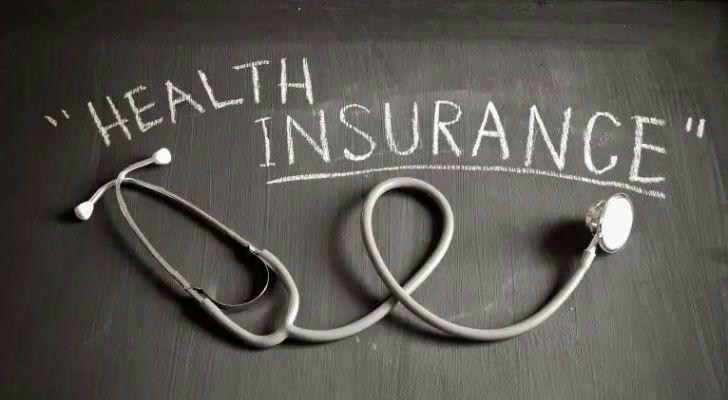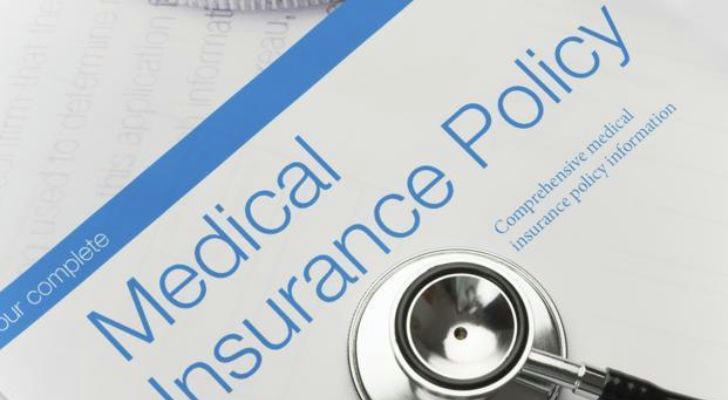Understanding Health Insurance in the US How to Protect Yourself from High Medical Bills
Healthcare in the United States is known for being expensive. A simple emergency room visit can cost thousands of dollars, and a hospital stay may lead to tens of thousands in medical bills. Health insurance is essential for anyone who wants to avoid the financial burden of unexpected medical costs. Whether you're uninsured or unhappy with your current plan, now is the perfect time to learn more and make a smart choice.
What Is Health Insurance?
Health insurance helps you pay for medical expenses such as doctor visits, hospital stays, prescriptions, and emergency care. In the US, there are two major categories: government-sponsored programs like Medicare and Medicaid, and private health insurance plans offered by companies or through the Health Insurance Marketplace.
A good health insurance plan can reduce your out-of-pocket costs, provide access to preventive services, and offer peace of mind when you need medical care.
Why Everyone Needs Health Insurance
- Lower Medical Costs
With insurance, you pay less for doctor visits, surgeries, lab tests, and prescriptions. - Access to Preventive Services
Many plans include free screenings, check-ups, and vaccinations to help you stay healthy. - Protection from the Unexpected
Accidents or serious illnesses can happen anytime. Health insurance can save you from massive medical debt. - Peace of Mind
Knowing that you and your family are covered lets you focus on getting better, not on how to pay.

Common Types of Health Insurance
1. Employer-Sponsored Insurance
Most full-time workers receive health insurance through their job. These group plans usually cost less and offer broad coverage.
2. Marketplace Insurance
Individuals who don’t get insurance through an employer can buy a plan through HealthCare.gov. Based on your income, you may qualify for federal subsidies to lower your monthly premiums.
3. Medicare
A federal program for people aged 65 and older, or for younger people with specific disabilities. It includes hospital (Part A), medical (Part B), and optional prescription (Part D) coverage.
4. Medicaid
Provides free or low-cost health insurance for people with low income, pregnant women, children, and people with disabilities. Eligibility and benefits vary by state.
5. Short-Term Plans
Temporary coverage for people between jobs or waiting for other insurance. These do not meet ACA standards and have limited benefits.
How to Choose the Right Plan
Choosing the right insurance is about matching your health needs and financial capacity.
Ask yourself:
- What’s my monthly budget for premiums?
- Am I comfortable with higher deductibles to lower monthly costs?
- Do I have preferred doctors or hospitals?
- Do I regularly use prescription medications?
- Do I need family coverage?
Understanding terms like premium, deductible, co-pay, and out-of-pocket maximum can help make better decisions. If you're healthy and rarely see a doctor, a higher deductible might work for you. But if you need regular care, a lower deductible plan could save more.

Enrollment Periods
Open Enrollment
Occurs annually from early November to mid-January. During this time, anyone can enroll or change plans.
Special Enrollment
If you’ve had a life change such as:
- Job loss
- Marriage or divorce
- Birth of a child
- Moving states
- Turning 26
Then you may qualify for special enrollment outside the regular period.
Quick and Easy Application
Getting coverage is easier than ever. Many platforms allow you to apply online in minutes.
You’ll need:
- ZIP code
- Age and health status
- Estimated annual income
- Info about family members (if applicable)
You'll instantly view plans, compare prices, and enroll quickly.
👉 Click here to compare 2025 health insurance plans and find out how much you could save

Final Thoughts: Stay Covered, Stay Safe
Health insurance isn’t optional — it’s a necessity. From emergency protection to everyday care, it ensures you and your loved ones are prepared for the unexpected.
Start today. Choose a plan that meets your needs and take the first step toward protecting your health and your finances.
